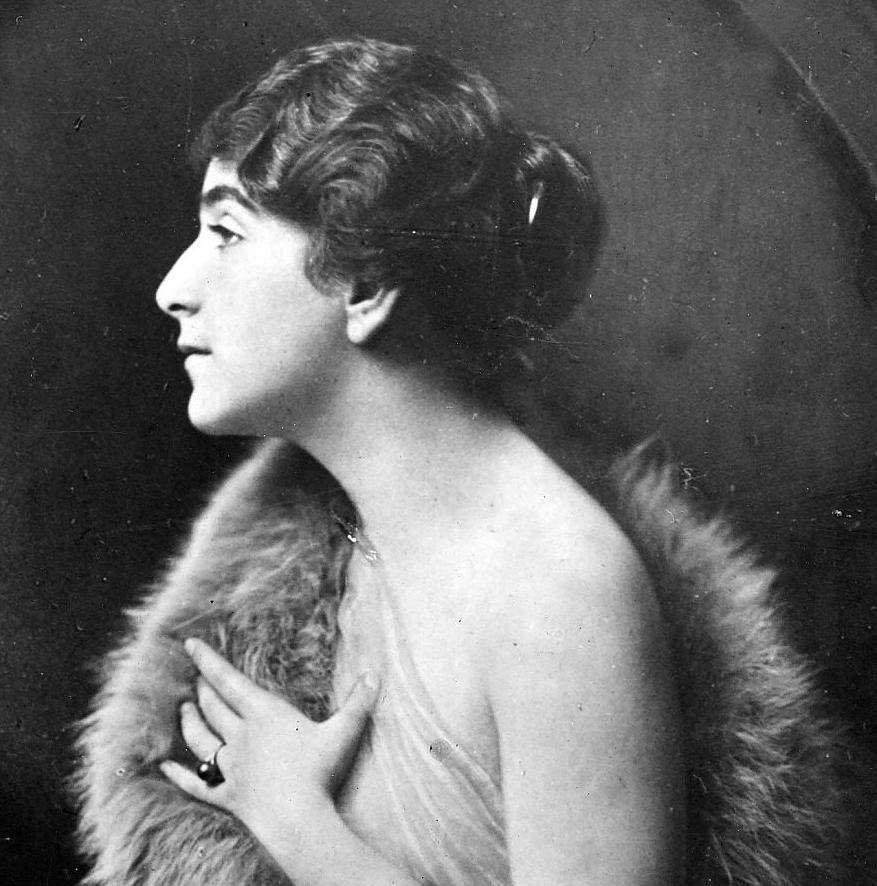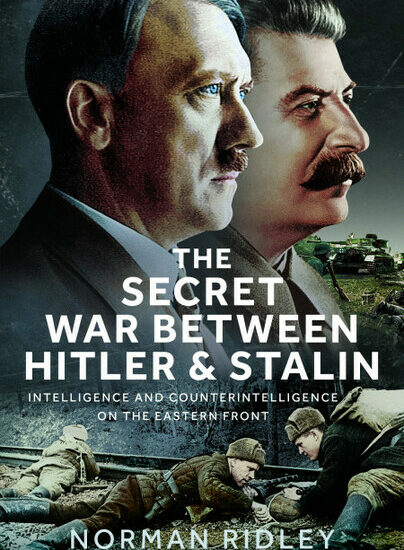Author Guest Post: Norman Ridley
The Austrian Princess and the British Lord

As her name suggests, Stephanie Maria Veronika Juliane von Hohenlohe-Waldenburg-Schillingsfürst was not British but, during the 1930s she lived in London where she developed a relationship with Harold Sidney Harmsworth, 1st Viscount Rothermere and was suspected of having acted as a spy for Germany. Harmsworth inherited the Amalgamated Press empire in 1922 and became one of the most influential men in Britain. He had an uncomplicated, undemocratic and elitist approach to politics, believing that the country should be led by the upper classes and that women and working-class people in general should be barred from voting since they were incapable of understanding the issues that faced the country. His overriding preoccupation, however, was fear of left-wing revolution and when Adolf Hitler was made Chancellor of Germany, Rothermere was quick to use his newspaper to register approval.
Rothermere had been in the habit of spending much of each winter in his villa, La Dragonnière, situated at Cap Martin on the Cote d’Azur and it was here that he first met and developed a relationship with Julianne The two found common interest in ballet and gambling at the Monte Carlo casinos.
Stephanie Richter was born in Vienna on 16 September 1896 to Jewish parents but would later be accepted by the Nazis as being of pure Aryan stock. She was schooled in England lived with her aunt Clothilde who owned a house in Kensington, London, an apartment in Berlin and a villa on the shores of Lake Wannsee, near Berlin. From Clothilde, Stephanie learned to move easily in aristocratic society. At the age of 17, she had an affair with the married Archduke Franz Salvator, Prince of Tuscany but she persuaded the German Prince Friedrich Franz von Hohenlohe-Waldenburg-Schillingsfürst, chief of German propaganda and director of German espionage in Switzerland, that the baby was his and they married in London on 12 May 1914. They divorced in 1920 but she retained her married name and title ‘Princess’.
She then had a relationship with the Crown Prince Wilhelm, the Kaiser’s eldest son before moving back to England in 1932, taking up residence at the exclusive Dorchester Hotel in Mayfair, London. There she began acting as a ‘talent spotter’ for the Nazis among the British Establishment who might be inclined to become friends of Hitler. As a ‘princess’, she socialised with the British aristocracy and developed connections which the Nazis believed could be valuable to their new government after they came to power in 1933. Her close friends included Margot Asquith, the widow of the former Prime Minister H. H. Asquith, Lady Ethel Snowden, the wife of a former Chancellor of the Exchequer, and Lady Londonderry and her husband Charles Vane-Tempest-Stewart, 7th Marquess of Londonderry.
Rothermere, she realised, had already shown his sympathy for the new Germany and was one of the most powerful opinion-makers in Britain. She persuaded him that she had the contacts to give him access to many of Europe’s most powerful people, and that she could open doors to almost every exclusive social circle on the Continent. He appointed her as his personal emissary in Europe with a retainer of £5000 per year. The arrangement also allowed her to encourage Rothermere’s pro-Nazi views which strongly supported of the rise of Hitler’s National Socialist German Workers’ Party.
When Hitler seized power in January 1933, Rothermere asked her to arrange a personal meeting between him and the new Führer. By this time, Stephanie had entered into a relationship with Hitler’s personal adjutant, Captain Fritz Wiedemann. Acutely aware of Wiedemann’s influence in Berlin, Stephanie persuaded Rothermere to send Wiedemann a gift of a gold engraved Cartier cigarette case. Wiedemann was soon able to convince Hitler of Stephanie’s value as Rothermere’s personal friend and persuaded his boss to allocate 20,000 Reichsmarks as a maintenance allowance to ensure the princess had her hotel, restaurant bills, telephone bills and taxi and travel fares paid. In early December 1933 Stephanie had her first meeting with Hitler in Berlin in which she impressed him to the point where he began referring to her as his ‘Hochverehrte Prinzessin’, (revered princess). Through Stephanie, Hitler thanked Rothermere for his ‘shrewd and well directed journalistic support’ of his policies’.
Rothermere met Hitler again in September 1936, and later sent him a personal gift, via Stephanie, of a valuable Gobelin tapestry. In a letter he wrote of ‘great honour and privilege to be in correspondence with Your Excellency’ and welcomed the news that the Führer was in high spirits and excellent health. Hitler replied saying that the magnificent tapestry had given him great pleasure and invited Rothermere to be his guest in January 1937 in the Obersalzberg. He sent his personal railway saloon carriage to meet Rothermere and Stephanie at the Austrian border. They arrived late in the evening and spent the night at the Berghof, a distinct privilege seldom granted to foreign visitors. Rothermere sent another gift of a jade bowl to Hitler in May 1937 expressing his heartfelt thanks for their friendship. After the Anschluss, Rothermere again praised Hitler in a telegram for his ‘triumph’ but Wiedemann warned Stephanie that ‘If your old fool of an English Lord still supports Hitler after this he is committing high treason.’
Stephanie fled to San Francisco in 1939 after war was declared, but, after the attack on Pearl Harbor, she was arrested by the FBI and interned in the United States as an enemy alien. After the war, she returned to Germany, working in public relations for German magazines where she secured interviews with US Presidents John Kennedy and Lyndon Johnson.
She died in Geneva on 13 June 1972 at the age of 75.

Order your copy here.

